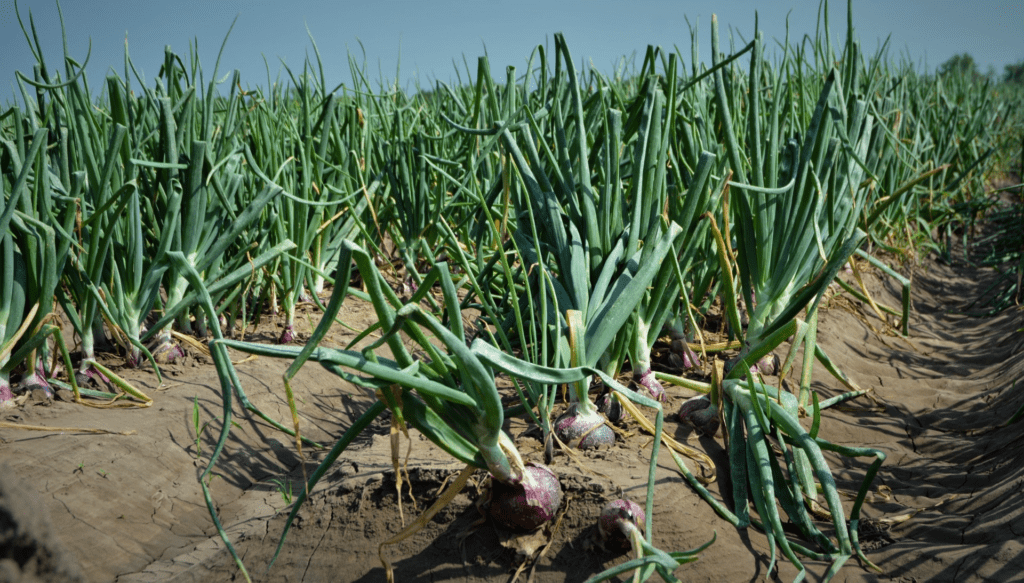Nov 3, 2021South and Central Texas cool-season crops look promising; prices up
While prospects for cool-season crops in South and Central Texas look positive, increased production costs and pandemic-related challenges will likely have a negative impact on pricing and producer profitability, said Texas A&M AgriLife Extension Service experts.
Producers in the Rio Grande Valley are planting cool-season crops such as onions, leafy greens, carrots and kale, said Juan Anciso, Ph.D., AgriLife Extension vegetable specialist, Weslaco.
The planting window is critical for cool-season crops due to the time they take to mature. Onions take 160-170 days from seed to harvest, cabbage takes 90-110 days, and carrots take 90-plus days for fresh market and 150-180 days for those being processed.
“It was dry for a while and that had a negative effect on a few early season plantings,” Anciso said. “But recent rains have helped these and other newly planted crops while not impeding the producers’ ability to plant more. We have also had generally mild and cooperative weather in most of the region.”
Prospects for South Texas cool-season crops
Anciso said although there were issues with some stands in late September and with irrigation water having a higher-than-normal salt content, plant stands are now looking good, and the overall prospect for cool-season crops is positive.
“Of course, this depends on whether or not the weather continues to cooperate,” he said.
Cool-season crop plantings in South Texas peak in October, and Anciso said conditions have been positive so far for these.
This year, onion acreage in South Texas is still at about 6,000 acres, with 1,500-2,000 acres of carrots planted.
“Grower diversification has led to a reduction in onion planting, as producers plant additional cool-season crops such as spinach, parsley, cilantro, collard greens, okra, celery and others,” he said. “Some growers in South Texas grow from 10-20 different cool-season crops.”
Anciso said the financial impact of the COVID-19 pandemic does not seem to have affected consumer desire for fresh produce.
“If anything, it looks like consumer demand for fresh produce has actually increased,” he said. “However, long-term effects from the pandemic, such as difficulty in getting some supplies and equipment, problems with transportation, and the increased cost of fuel and chemical inputs, have had a great impact.”
He said at a recent meeting, South Texas producers told him their production costs had gone up by about 30% from last year.
“Costs are up for chemical inputs, especially fertilizer and fuel,” Anciso said. “In addition, adequate labor is harder to find, and land rents have gone up as well.”
Onions are one of the top cool-season crops produced in South and Central Texas. Photo: Texas A&M AgriLife photo















